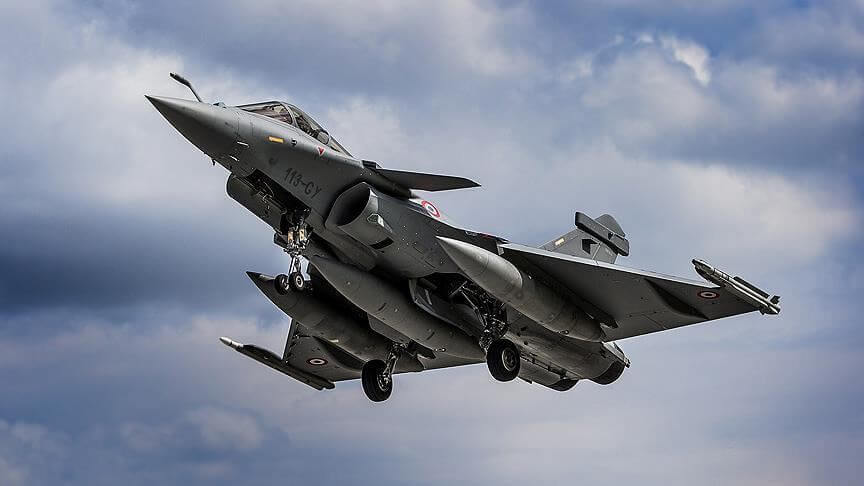- Joined
- Dec 24, 2015
- Messages
- 6,510
- Likes
- 7,217
All depend of the quantity.ToT or CKD for Made in India ” Dassault Rafale ?
8 Years after Talks broke down in 2012, over differences in localisation and pricing of Made in India Dassault Rafale for the Indian Air Force (IAF). Chorus for Direct Government to Government (G2G) deal for the purchase of 114 units of Dassault Rafale as being growing within IAF after France delivered 5 Rafale fighter jets to India and 4 more will be added by end of this month. idrw.org has been told that a hectic Diplomatic push has been seen to convert open tender for 114 units into a G2G deal for the purchase of Dassault Rafale, that will be manufactured in India locally by State-owned Hindustan Aeronautics Limited (HAL), which has been in talks with the French aircraft manufacturer, Dassault for possible local manufacturing of this jets in near future. The contract price for 36 Dassault Rafale with India specific enhancement and with 75% Fleet availability clause (Spares supplies ) and with mandatory 50% of the USD9.27 billion contract price to be procured from the Indian aerospace and defense sectors as part of the offsets clause meant that the deal was criticized by Opposition parties in India for to being too expensive and Indian National Congress (INC) even called the G2G Deal for 36 jets a scam which was later dismissed by the Supreme court of India. Chief of Defence Staff Gen Bipin Rawat had hinted recently that 36 more fighter jets could be ordered bringing the fleet total to 72, while in the bargain, IAF cancels MMRCA tender for 114 jets and instead orders locally made Tejas Mk1A and Mk2 jets which have not gone down well with Indian Air Force (IAF) chief, Air Chief Marshal Rakesh Kumar Singh Bhadauria and his Deputy Chief of Air Force Air Marshal Sandeep Singh who are pushing for 114 units of Dassault Rafale over 36 which have already been procured. In the new DAP 2020, which came into effect on October 1, the Government has removed the requirement for the offset clause in Inter-Governmental Agreements (IGA) aka Government to Government (G2G) that hints at the possibility of a G2G deal with Dassault Rafale sometime in 2022-23 before the Government goes into election mode in 2024. idrw.org has been informed that while IAF wants 114 more Dassault Rafale fighter jet, GOI and MOD are practically looking at a smaller order number or the contract price might exceed $25 billion due to higher flyaway cost per aircraft since it will be manufactured by State-owned Hindustan Aeronautics Limited (HAL) compared with the original the french manufacturer. Rawat has advocated for staggered purchases of fighter jets in the future, his idea being that small batches would be ordered to ensure that allocated funds can cover the price. Dassault has claimed that with one time India specific enhancement investment is done, the second lot of jets will be cheaper and with offset clause removed it be cheaper for the company to manufacture them and offer more discounts. Rawat had suggested that 36 more Dassault Rafale can be ordered in a G2G deal but instead of India pushing for complete Transfer of Technology (ToT) and Complete license-building them from raw material stages it can be done in CKD (Complete Knock Down) so that HAL can be restricted only for final assembly rather than complete built which can see 30-40% additional Owing to the low volume of production of the and due to economies of scale come into play. Once the Second lot of 36 Dassault Rafale are delivered by 2027-28, IAF can then place further orders for more 36 jets while HAL facilities will be used for the next round of localization when these jets are assembled locally. A 114-jet contract is estimated to be valued at $15 billion but, India paid 9.27 billion for 36 jets, and even if the 30% discount is given that still be $18 billion if ordered in CKD and could cost more if it comes with Complete ToT.
36? = CKD or nearly.
more than 80 = ToT.
It's mainly a financial equation. The ToT costs a lot, in hardware, in training... and divided by a too few numbers it's economically unsuitable.



